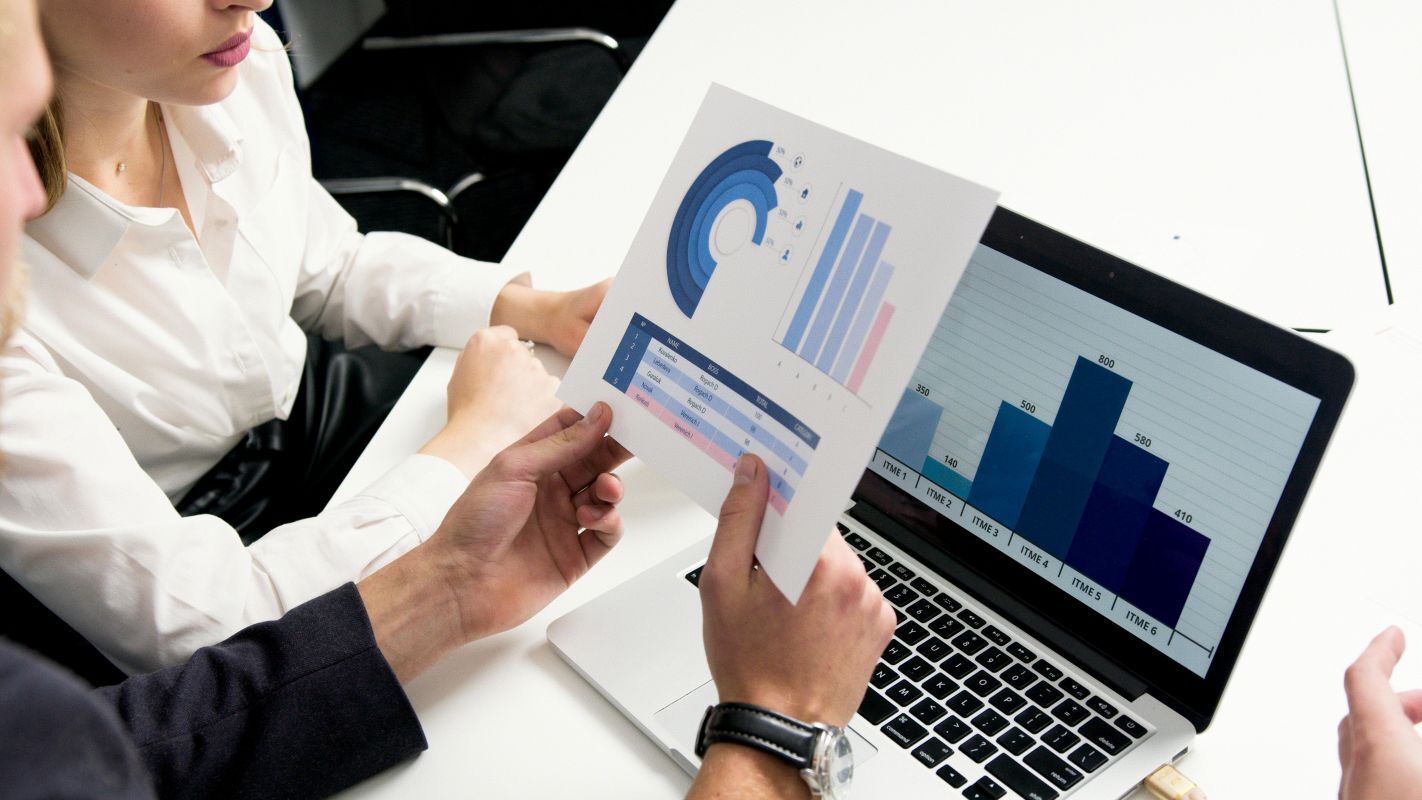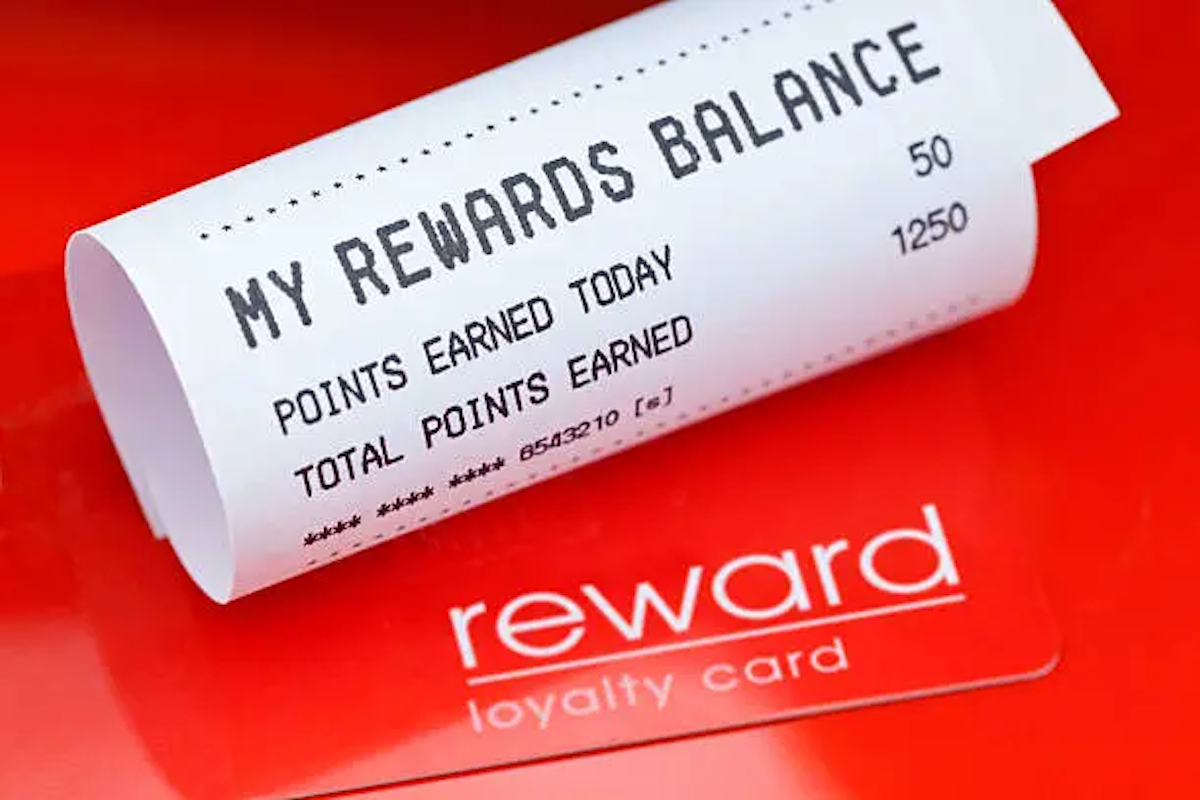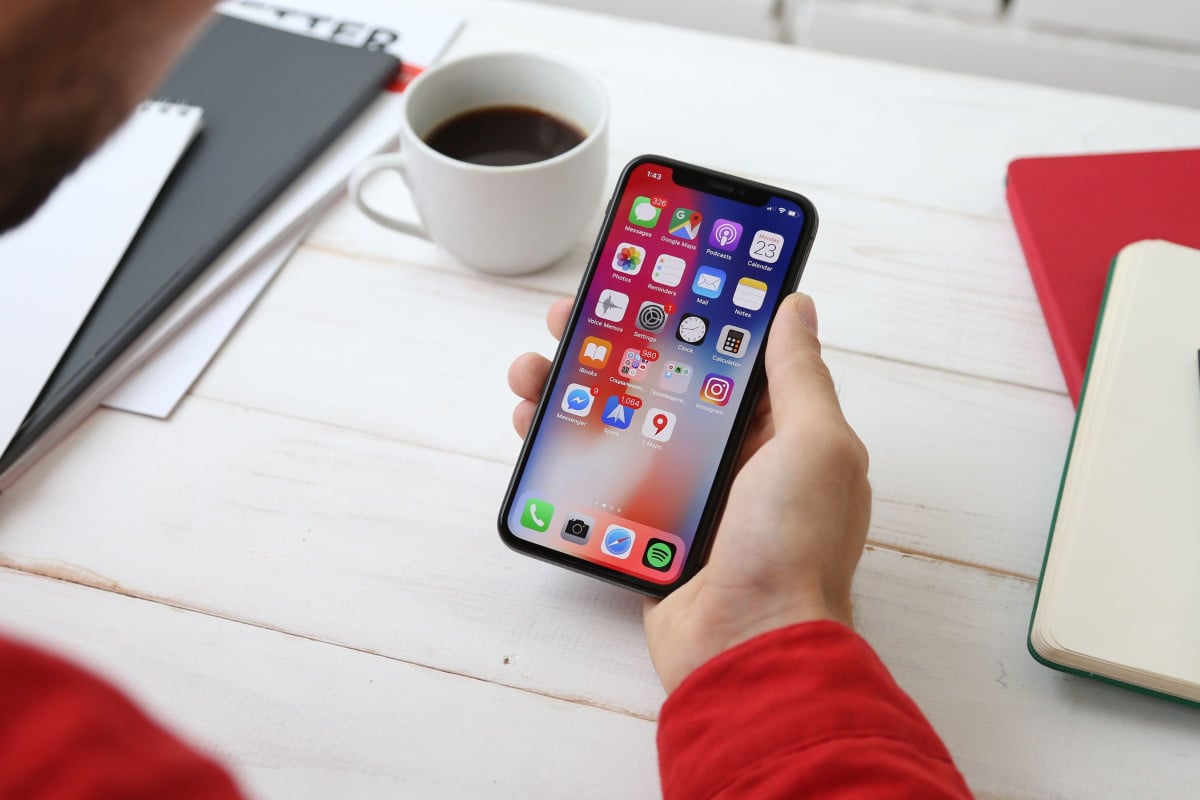21 min read
What Is the Most Used Loyalty Software? 5 Insights from B2C
Loyalty isn’t what it used to be. Sure, your dog has it, and your regulars probably do too. But even loyal guests lose patience when your app freezes...
Platform
What is Paytronix Guest Engagement Suite?
Combining online ordering, loyalty, omnichannel messaging, AI insights, and payments in one suite. Paytronix delivers relevant, personal experiences, at scale, that help improve your entire digital marketing funnel by creating amazing frictionless experiences.
A Complete Guest Engagement Suite
Online Ordering
Acquire new customers and capture valuable data with industry leading customization features.
Loyalty
Encourage more visits and higher spend with personalized promotions based on individual activity and preferences.
Catering
Grow your revenue, streamline operations, and expand your audience with a suite of catering tools.
CRM
Build great customer relationships with relevant personal omnichannel campaigns delivered at scale.
Artificial Intelligence
Leverage the most data from the most customer transactions to power 1:1 marketing campaigns and drive revenue.
Payments
Drive brand engagement by providing fast, frictionless guest payments.
Solutions
Paytronix Guest Engagement Solutions
We use data, customer experience expertise, and technology to solve everyday restaurant and convenience store challenges.
FlightPaths are structured Paytronix software onboarding journeys designed to simplify implementation and deliver maximum ROI.
Customer Success Plans (CSPs) are tiered service offerings designed to help you get the most from your Paytronix software, whether you prefer self-guided support or hands-on partnership.
Contactless Experiences
Accommodate your guests' changing preferences by providing safe, efficient service whether dining-in or taking out.
Customer Insights
Collect guest data and analyze behaviors to develop powerful targeted campaigns that produce amazing results.
Marketing Automation
Create and test campaigns across channels and segments to drive loyalty, incremental visits, and additional revenue.
Mobile Experiences
Provide convenient access to your brand, menus and loyalty program to drive retention with a branded or custom app.
Subscriptions
Create a frictionless, fun way to reward your most loyal customers for frequent visits and purchases while normalizing revenues.
Employee Dining
Attract and retain your employees with dollar value or percentage-based incentives and tiered benefits.
Order Experience Builder
Create powerful interactive, and appealing online menus that attract and acquire new customers simply and easily.
Loyalty Programs
High-impact customizable programs that increase spend, visit, and engagement with your brand.
Online Ordering
Maximize first-party digital sales with an exceptional guest experience.
Integrations
Launch your programs with more than 450 existing integrations.
Loyalty Programs
Deliver the same care you do in person with all your digital engagements.
Online Ordering
Drive more first-party orders and make it easy for your crew.
Loyalty Programs
Digital transformations start here - get to know your guests.
Online Ordering
Add a whole new sales channel to grow your business - digital ordering is in your future.
Integrations
We work with your environment - check it out
Tobacco Reporting
Comply with AGDC 2026 DTP Requirements
Company
We are here to help clients build their businesses by delivering amazing experiences for their guests.
Meet The Team
Our exceptional customer engagement innovations are delivered by a team of extraordinary people.
News/Press
A collection of press and media about our innovations, customers, and people.
Events
A schedule of upcoming tradeshows, conferences, and events that we will participate in.
Careers
Support
Paytronix Login
Order & Delivery Login
Resources
Paytronix Resources
Learn how to create great customer experiences with our free eBooks, webinars, articles, case studies, and customer interviews.
FlexPoint Service Catalog
Access FlexPoints are a cost-effective, flexible way to access our value-added services, to ensure you get greater impact from your Access software solution.
See Our Product In Action
E-Books
Learn more about topics important to the restaurant and c-store customer experience.
Reports
See how your brand stacks up against industry benchmarks, analysis, and research.
Blog
Catch up with our team of in-house experts for quick articles to help your business.
Case Studies
Learn how brands have used the Paytronix platform to increase revenue and engage with guests.
Unlock loyalty strategies that 3 out of 4 restaurants use to boost engagement by 40% without adding staff.
7 min read
Nov 08, 2025

Marketing automation for business-to-consumer (B2C) companies is about saving time and creating smarter, more consistent ways to connect with your customers wherever they are. Whether it’s a restaurant guest who hasn’t visited in weeks or a retail shopper browsing online, automation helps keep your brand top of mind without adding hours to your day.
When you get it right, it’s the difference between sending generic blasts and building effective, data-driven customer relationships. You can tailor offers, reengage buyers, and nurture loyalty with precision instead of guesswork. That’s where automation becomes less of a tech trend and more of a business advantage.
Before you start building workflows or choosing platforms, it’s worth understanding the foundations that make automation truly work for B2C brands. Let’s start with how to build smart marketing automation that delivers results.
Smart automation starts with understanding who you’re talking to and why—segmentation is the backbone of every effective system. Grouping customers by behavior, purchase history, or geography lets you tailor messages that resonate.
Someone who orders coffee every morning shouldn’t get the same offer as a guest who only visits once a month. The same logic applies to seasonal shoppers or loyalty members in different regions. The more context you add, the more relevant your messaging strategies become.
Once defining segments, automation does the heavy lifting. Think recurring promotions, follow-ups after visits, or timely birthday rewards that are all triggered by real behavior, not guesswork.
A customer skips their regular order? Send a friendly reminder or incentive. Loyalty points about to expire? Automate a nudge before they lapse. The right balance makes these touches feel personal rather than pushy.
One common mistake is setting up too many overlapping campaigns, which can confuse customers or cause message fatigue. Another is ignoring data hygiene. If you have outdated or unverified lists, even the smartest workflows will fall flat.
Keep your automations focused, your data clean, and your messages relevant. That’s how you build a system that works for your business.
At its core, B2C marketing automation is about reaching large audiences with personal precision. It uses data and triggers to send the right message at the right time automatically. The goal isn’t to sell more. It’s to build consistent, relevant interactions that feel individual, even when you’re communicating with thousands of individual customers.
Compared to B2B automation, which often revolves around longer sales cycles and nurturing fewer qualified leads, B2C automation moves faster. Consumers make decisions in minutes, not months. This means your automations need to act as quickly.
For example, send reengagement marketing emails before customers forget your brand or reward offers right after their recent purchase. Speed and timing matter more than deal pipelines or lead scoring.
In restaurants, automation can trigger a “we miss you” offer when a guest hasn’t ordered after a certain time frame. In retail, it can promote a limited-time sale based on what a customer browsed last. Service businesses might use it to remind clients when it’s time to book again or share updates tied to their past activity.
To make automation work long-term, map it to the customer journey. Every interaction should move people closer to loyalty.
A welcome message builds awareness, a tailored offer drives repeat visits, and a satisfaction follow-up reinforces the relationship. Automation doesn’t replace the human touch; it helps scale it across the customer journey.
The best automation software doesn’t have to be the most complex; it should be the one your marketing team will use. For B2C brands, usability and integration matter far more than endless advanced features you’ll never touch.
When comparing systems, start by looking at how they’re hosted. Marketing cloud-based platforms are often the easiest choice for brick-and-mortar operators.
They don’t require on-site servers or information technology (IT) support, and updates happen automatically. Local systems can work for businesses with strict data controls, but most B2C owners prefer the flexibility and lower maintenance of cloud-based tools.
Here are some must-have features to look for:
Once you’ve found software with the right core features, the next step is how well it fits into your ecosystem. Integration is where things click. Choose software that fits in with your loyalty program, delivery apps, or online ordering system seamlessly.
When everything connects, you get a single view of your customer and can act on data instantly. This turns automation from a background tool into a growth driver.
Choosing between platforms is about finding the right fit for how your business operates. Some tools shine for multilocation restaurant chains with built-in loyalty programs. Others are better suited for small retailers who need quick, out-of-the-box automation with minimal setup.
Cost is often the first factor, but value goes deeper than pricing tiers. Entry-level tools can handle basic targeted campaigns like welcome messages or reengagement offers, but they may fall short when you need customer segmentation, multichannel triggers, or analytics.
Meanwhile, enterprise systems can feel like overkill if you’re managing a lean operation. The goal is to match the platform’s power to your team’s capacity.
Here’s what’s worth weighing before you commit:
Different industries have different sweet spots. Restaurants often benefit from platforms with built-in brand loyalty tools and POS integrations.
Retailers may prefer systems with strong e-commerce support and abandoned cart workflows. Service-based businesses tend to need flexible scheduling and feedback automations.
At the end of the day, the right platform should simplify how you communicate and help your team work smarter. The more naturally it fits into your daily operations, the faster you’ll see automation drive measurable results.
Not every business needs an enterprise-grade system. Small businesses often want software that’s easy to learn, fast to launch, and powerful enough to handle repetitive tasks without the need for IT support. The good news? There are plenty of platforms built with that in mind. Below are a few worth considering.
Mailchimp is a solid starting point for small retailers or local restaurants looking to get comfortable with automation. Its drag-and-drop email builder and ready-made workflows make campaign setup fast and intuitive.
Klaviyo is a favorite among e-commerce brands, especially those using Shopify or WooCommerce. It uses customer data to trigger highly targeted automated messages across email and SMS, helping convert browsers into repeat buyers.
Paytronix is ideal for restaurants and convenience stores, combining marketing automation with loyalty, CRM, and POS integrations in a single platform. It lets teams send personalized content and behavior-based offers that drive visits and revenue growth.
ActiveCampaign strikes a balance between simplicity and power. It gives growing B2C brands visual workflows, SMS and email marketing automation, and CRM capabilities in one intuitive system.
The best automation strategies don’t try to do everything at once. They focus on key moments where customers are most likely to act. Below are a few examples that drive engagement and repeat visits without adding complexity.
A guest adds a meal deal to their basket but doesn’t check out? An automatic follow-up email with a limited-time offer can recover that sale. For loyalty programs, renewal reminders and point-expiration notices keep members active. These small nudges often outperform generic blasts because they’re triggered by real purchase behavior.
Push notifications work best when they’re timely and location aware. A c-store might send an afternoon discount to nearby users during a heatwave while a restaurant could promote a midweek happy hour to regulars within a few miles. The key is context to deliver offers that make sense in the moment.
Linking quick response (QR) codes to your CRM opens up new ways to track and reward engagement. For example, when a guest scans a QR code on a receipt or table tent, they could receive a loyalty sign-up email or a thank-you discount automatically for their next visit. It’s a simple bridge between offline and digital interactions.
Automation makes regional relevance easy. Retailers can schedule holiday promotions to match local events or weather trends, like hot drinks in one region, summer coolers in another. By connecting automation rules to geography or seasonal patterns, marketing campaigns feel local rather than templated.
These examples all share one thing in common: They use automation to add value, not noise. Each touchpoint feels timely, highly relevant, and customer-first, which is exactly what keeps people coming back.
Marketing automation can look different depending on your goals and team size. The answers below simplify what matters most for B2C companies getting started or refining their approach.
In business-to-business (B2B), automation supports longer sales cycles and smaller, relationship-driven pipelines with several decision-makers involved. B2C automation is quicker by design. It’s about scale, timing, and keeping every message relevant to the moment.
Don't use guesswork. Look at patterns, like behavior, purchase history, and location to group customers meaningfully. Then craft messages that sound personal and relevant, not automated or out of touch.
A solid B2C marketing strategy framework starts with understanding your full customer journey. Build segments, automate key touchpoints like offers or reminders, and measure what drives loyalty. It’s about staying consistent, relevant, and data informed.
It depends on your business type and scale. Smaller teams might prefer user-friendly tools like Mailchimp or Klaviyo. Restaurants and c-stores benefit from platforms built for loyalty and POS integration, such as Paytronix. The best choice is the one that fits naturally into your daily operations.
Smart automation helps businesses do more consistently. Focus on clean data, clear segments, and automations that respond to real behavior rather than assumptions. When your systems work together, you save time, boost conversion rates, and deliver personalized experiences that feel human.
Ready to build a program that scales with your business? Download the Economic Resilience Toolkit to see how data-driven automation can streamline workflows and drive growth.

21 min read
Loyalty isn’t what it used to be. Sure, your dog has it, and your regulars probably do too. But even loyal guests lose patience when your app freezes...

19 min read
Selling directly to consumers opens the door to stronger communication, deeper engagement, and more frequent interactions. It also helps companies...

32 min read
Customers stick with loyalty programs because they receive meaningful rewards, useful perks, and recognition at every location they visit. A...